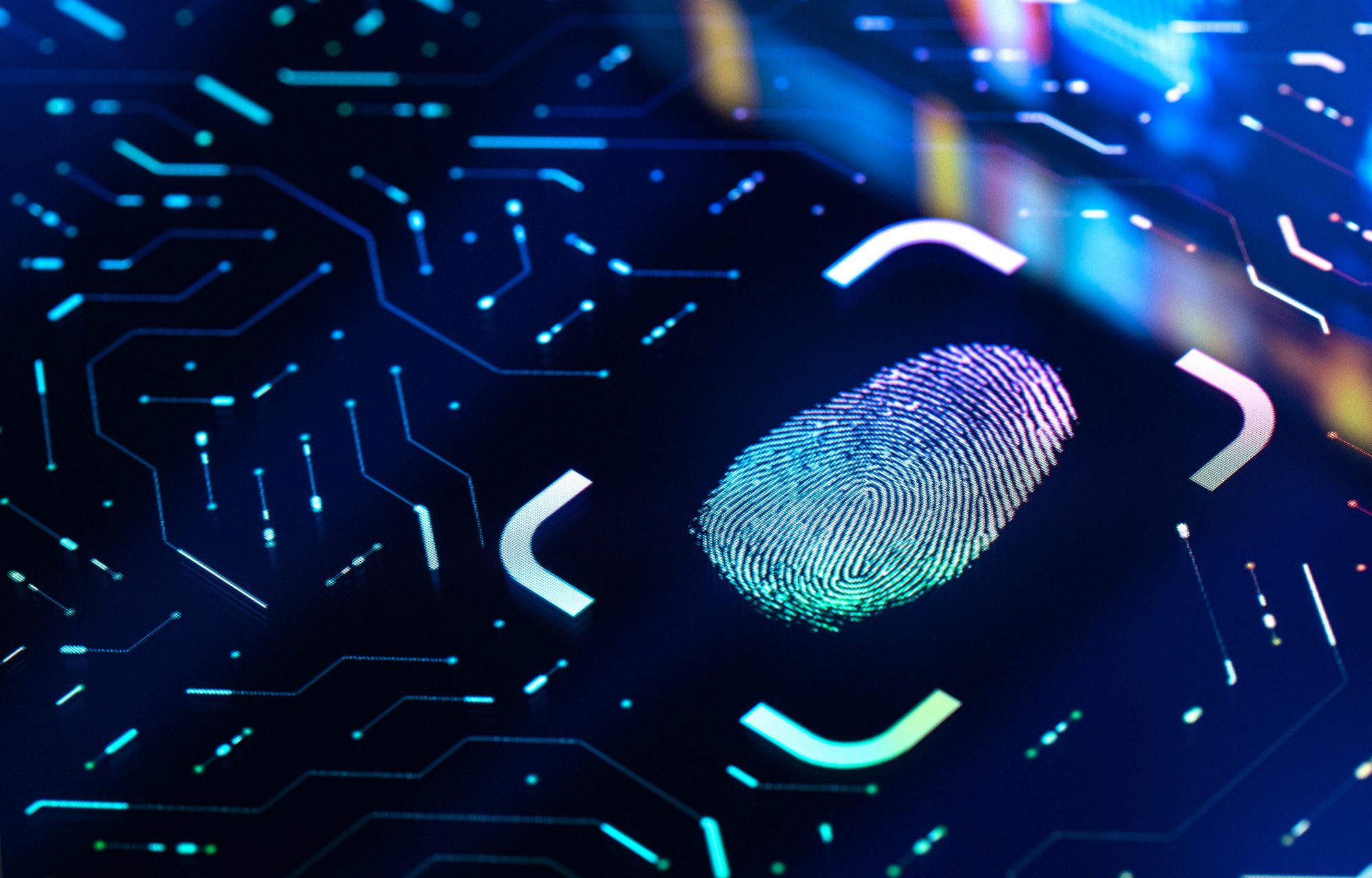
Biometric authentication is a powerful and increasingly popular method for enhancing security in various applications. It leverages unique physical or behavioral characteristics of individuals to verify their identity. Biometric authentication offers several advantages over traditional authentication methods, such as passwords or PINs, by providing greater security, convenience, and user experience. Let’s explore how biometric authentication enhances security in different contexts.
Biometric characteristics, such as fingerprints, iris patterns, facial features, or voice patterns, are unique to each individual and difficult to replicate. This uniqueness makes biometric authentication highly secure and reduces the risk of impersonation or identity theft. As a result, biometric authentication provides a stronger level of security compared to traditional authentication methods that rely on knowledge-based factors.
Biometric traits are inherently tied to the individual and cannot be easily transferred or replicated. Unlike passwords or PINs that can be shared, forgotten, or stolen, biometric characteristics cannot be easily passed on or compromised. This makes biometric authentication more robust and resistant to attacks involving stolen or shared credentials.
Biometric authentication offers a convenient and user-friendly experience. Users can simply use their biometric traits, such as fingerprints or facial scans, to authenticate themselves without the need to remember complex passwords or carry physical tokens. This convenience improves user satisfaction and reduces the likelihood of weak or reused passwords.
Biometric authentication can be combined with other authentication factors, such as passwords or tokens, to create a multi-factor authentication (MFA) approach. This enhances security by adding an additional layer of verification. For example, an application may require a fingerprint scan (biometric factor) along with a password (knowledge factor) to authenticate the user, providing an extra level of security.
Biometric authentication systems can incorporate advanced algorithms to detect and prevent fraud attempts. They can analyze biometric patterns in real-time, checking for anomalies or inconsistencies that may indicate fraudulent activities. For example, facial recognition systems can detect whether the presented face is live or a static image, preventing spoofing attempts.
Biometric authentication is widely used in secure transactions and access control systems. For example, financial institutions utilize fingerprint or iris scans for secure mobile banking applications. Organizations use biometrics for physical access control to restricted areas, ensuring that only authorized personnel can enter. Biometric authentication provides a robust and reliable method to protect sensitive data and control access to critical resources.
Biometric authentication can enable continuous authentication, constantly verifying the user’s identity throughout their interaction with a system or device. This helps mitigate the risk of unauthorized access if an authenticated session is compromised. Continuous authentication monitors biometric characteristics, such as typing patterns or facial features, to ensure that the authorized user remains authenticated during the session.
It is important to note that while biometric authentication offers significant security benefits, proper implementation and protection of biometric data are crucial. Organizations must adopt strong encryption, secure storage, and stringent privacy measures to safeguard biometric information from unauthorized access or misuse.
Biometric authentication is a powerful tool for enhancing security in various applications. Its uniqueness, non-transferability, convenience, and fraud detection capabilities make it an increasingly valuable authentication method. By leveraging biometric authentication, organizations can strengthen security, protect sensitive data, and provide a seamless user experience.